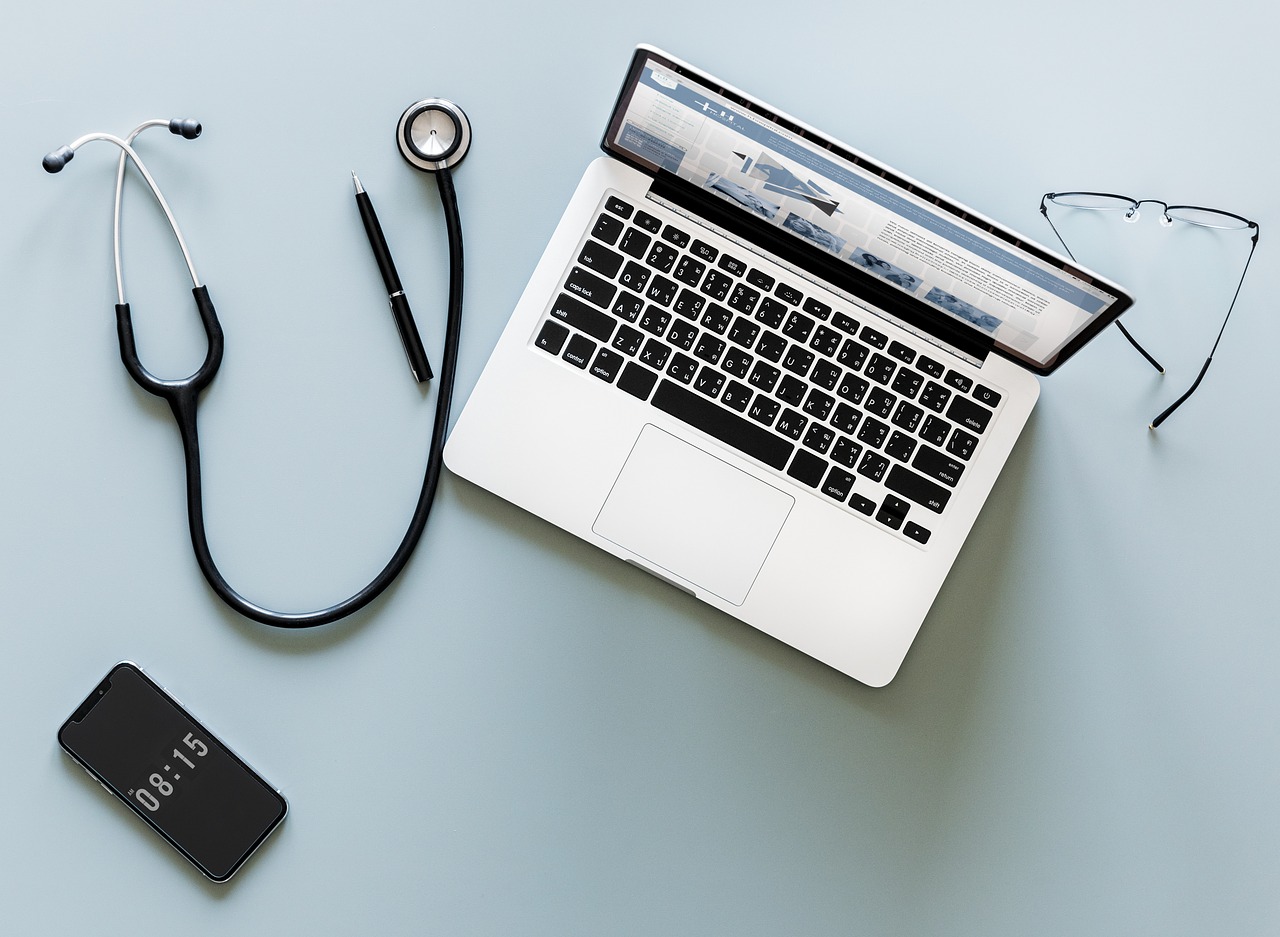As patients are increasingly relying on the ability to access medical advice on the go, digital health is keeping pace with growing consistency. Most patients today expect a standard of care that they can personalize to keep up with their schedules and lifestyle choices. Many tech companies that were traditionally focused primarily on customers have turned their attention to the digital health industry to make their mark. As these new players enter the scene, the digital health industry—and health care in general—needs to make a shift.
Read on to learn more about three major trends in digital health and get an idea of what is on the horizon.
Mobile health care
The No.1 trend for digital health is definitely the rise of mobile health care. Countless mobile apps allow patients unprecedented access to physicians, medications, and appointments, and in areas where these apps have become a part of the healthcare system at large, they have proven to be central to the treatment, management, and even prevention of several diseases, including type 2 diabetes.
Mobile apps also invite the increase of telemedicine in the digital health landscape. Telemedicine allows patients to “see” a doctor digitally, through video chat, messaging, or other methods, getting diagnoses and prescriptions from the comfort of their home.

Prescription eyeglass distributor Warby Parker is even offering virtual eye exams on your mobile device. Though not meant to replace a traditional eye exam, virtual exams can serve as a supplement for patients who can’t easily access an optometrist. Because of the high-quality capabilities of video on today’s smartphones, telehealth is expanding its focus from allowing access not only to primary care doctors and nurses, but specialists as well.
The use of telehealth on mobile apps also empowers patients in underserved areas or those who might not otherwise seek out medical care. For instance, someone who can’t afford to take time off work to visit a doctor’s office might instead be able to use a mobile app to virtually “see” a doctor during their lunch break. Mobile apps for ordering birth control may help women in underserved areas get the medication they need without having to physically go into a doctor’s office for an appointment.
Blockchain technology
With the emergence of digital health technology comes concerns about data security—for patients and healthcare providers alike. Cybersecurity is important for any organization handling secure information, and patient privacy is a major concern when it comes to health care. Any information stored digitally comes with an inherent risk; however, there may be a way to provide more data security for everyone quite easily, and it’s something most people have already heard of: blockchain technology.
Blockchain technology doesn’t seem to be going anywhere. In fact, it’s gaining momentum, even in an environment where there are questions about the future of cryptocurrency (which is tied to blockchain technology). If you’re not already aware, blockchain is the technology behind cryptocurrencies like Bitcoin and Ethereum, and it involves the storage of information in “blocks” on a public database, or “chain.” Essentially, blockchain technology represents the most secure option in decentralized databases.
By storing patient information in blockchains, organizations can save paperwork, provide better user experiences (especially on mobile apps), and provide access to necessary personal information all while preventing tampering and data theft.
Big data analytics

The rise of digital health represents an exponential growth in available data on medical conditions, symptoms, and other crucial related information, like patient lifestyle and other health-related data. There is a tremendous opportunity to put this wealth of health data to use in applications ranging from analyzing risk factors for procedures to gathering crucial information on certain diseases. The challenge is in compiling all the data into a useable format suitable for analysis. That is where big data analytics comes into the picture.
Big data analytics collects and processes the information, reassembling it into a format that allows medical professionals to create meaningful data out of the huge assemblage of patient information. Companies like Roam Analytics are collecting text data and quantifying language to access this trove of information. By collecting language data this way, medical professionals can look at detailed symptoms, patient mental states, obstacles to care, social and behavioral health determinants, important biomarkers, labs, and much more.
Keep up to date on changes
These trends are really just the beginning of changes in digital health. With an increasing focus on personalized patient care and a changing digital health environment, it’s important for patients and healthcare providers alike to stay educated about the changing opportunities. Getting the best care is a team effort between doctor and patient, and staying informed about healthcare changes will benefit you as a patient in the long run.

